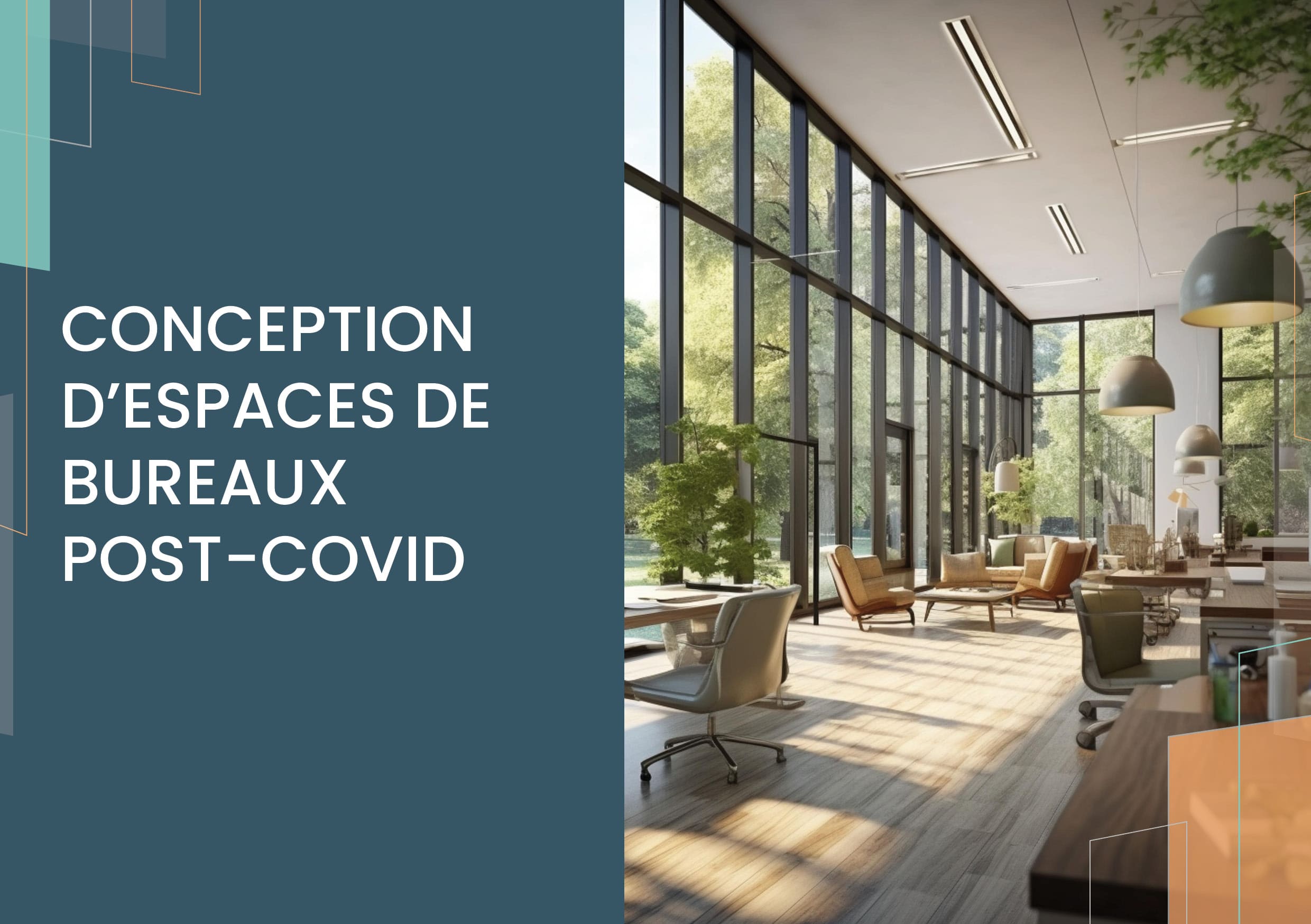L’analyse du cycle de vie, un outil indispensable pour réduire son empreinte carbone
La loi relative à la transition énergétique pour la croissance verte reconnaît l’économie circulaire comme objectif national. Pour y participer, le secteur de l’immobilier d’entreprise peut adopter plusieurs solutions, mais doit avant tout identifier les sources de pollution en utilisant des outils de mesure complets.
Le ministère de la Transition Ecologique l’affirme : réduire les émissions de gaz à effet de serre (GES) concerne tous les secteurs d’activité et doit être portée par tous, citoyens, collectivités et entreprises. Avec sa large contribution au bilan carbone du pays, le secteur du bâtiment et en particulier de l’immobilier d’entreprise, doit s’atteler dès aujourd’hui à trouver des solutions, à chacune des étapes de son cycle de vie, de l’extraction des matériaux nécessaires à sa construction jusqu’à sa destruction, en passant par son exploitation. La Stratégie Nationale Bas Carbone (SNBC), feuille de route de la France pour réduire les GES, annonce comme objectif pour les bâtiments, une réduction de 49 % d’ici 2030, par rapport à 2015, et une décarbonation complète d’ici 2050. Parmi les moyens proposés, on trouve notamment la promotion de « produits de construction et de rénovation ainsi que les équipements à plus faible empreinte carbone (issus de l’économie circulaire ou biosourcés) et à haute performance énergétique et environnementale sur l’ensemble de leur cycle de vie ».

Mesurer pour réduire
Il existe différentes méthodes pour mesurer son empreinte carbone, comme utiliser un facteur d’émission ou une analyse de cycle de vie (ACV), avec un niveau de détail plus ou moins poussé, prenant en compte toutes les phases d’existence d’un produit, depuis sa conception jusqu’à sa fin de vie. Cette méthode intègre parallèlement une approche multicritère, examinant les flux entrants tels que les ressources en eau, en pétrole, en gaz, ainsi que les flux sortants comme les émissions de gaz à effet de serre (GES) et les liquides rejetés. Cette ACV intègre le carbone incorporé (somme de toutes les émissions de gaz à effet de serre tout au long de la durée de vie du bâtiment, liées à la construction, à l’entretien et à la fin de vie d’un bâtiment) et le carbone opérationnel (somme de toutes les émissions de gaz à effet de serre liées à l’exploitation d’un bâtiment pendant toute sa durée de vie). En mars dernier, les eurodéputés ont d’ailleurs adopté de nouvelles mesures dans le cadre de la directive européenne sur la performance énergétique des bâtiments (DPEB) pour contribuer à la réduction des émissions de gaz à effet de serre, prenant notamment en compte l’analyse de cycle de vie des produits.

Politique d’achats responsables
Grâce à cette analyse complète, il est donc possible d’identifier les sources majeures d’empreinte carbone et donc de chercher, de façon la plus pertinente possible, des solutions pour la réduire. À l’étape de l’utilisation d’un bâtiment, l’aménagement des espaces de travail occupe une place non négligeable dans le bilan carbone de l’entreprise. L’une des premières actions à mener dans ce domaine est la mise en place d’une politique d’achats responsables. Selon l’Afnor, l’Association française de normalisation, cela se traduit par « un achat de biens ou de services auprès d’un fournisseur ou d’un prestataire sélectionné pour minimiser les impacts environnementaux et sociétaux, et favoriser les bonnes pratiques en termes d’éthique et de droits humains ». Ces bonnes pratiques sont décrites dans le référentiel international ISO 20400. On parle parfois d’achats écoresponsables, lorsque l’acheteur privilégie des biens et services à moindre impact environnemental : circuits courts, produits écoconçus, biens et services consommant moins d’énergie, d’eau, de transport… Outre cette prise en compte de l’origine des produits choisis pour l’aménagement intérieur, il convient ensuite d’opter pour des éléments réutilisables et flexibles.

Veiller à la bonne conception des espaces avant leur mise en place
L’une des sources majeures de pollution, lorsqu’il s’agit d’aménagement intérieur, porte le plus souvent sur le fait que les espaces de travail sont modifiés régulièrement. Durant des années, cette modification avait pour conséquence la destruction et le remplacement des équipements. En se basant sur l’ACV, on comprend que cette pratique doit impérativement changer pour atteindre les objectifs de la France en matière d’empreinte carbone. Les espaces doivent donc être conçus, en prenant en compte dès l’origine les changements de besoins des occupants, que cela soit parce que l’activité évolue, parce que l’organisation du travail change ou, tout simplement, parce qu’il y a des changements de locataires de plus en plus fréquents. Ces dernières années, l’immobilier d’entreprise est en effet bousculé par des entreprises n’ayant plus assez de visibilité économique pour s’engager sur du long terme dans leur location de bureaux. L’hybridation du monde du travail, avec des pratiques de télétravail qui se généralisent, à domicile ou dans des espaces de coworking, poussent les dirigeants à plus de flexibilité.
Dans ce contexte, entre besoin de réduire son empreinte carbone et de garder le plus de souplesse possible dans ses aménagements, les solutions Clestra sont parfaitement adaptées : cloisons amovibles, portes, murs mobiles, bulles acoustiques… tous ces produits sont éco-conçus, avec une préfabrication en usine pour limiter les impacts sur site. Ils offrent toute la flexibilité nécessaire au contexte économique actuel et la durabilité indispensable pour atteindre ses objectifs RSE.


Espaces de travail équipés de cloisons amovibles préfabriquées Clestra.



